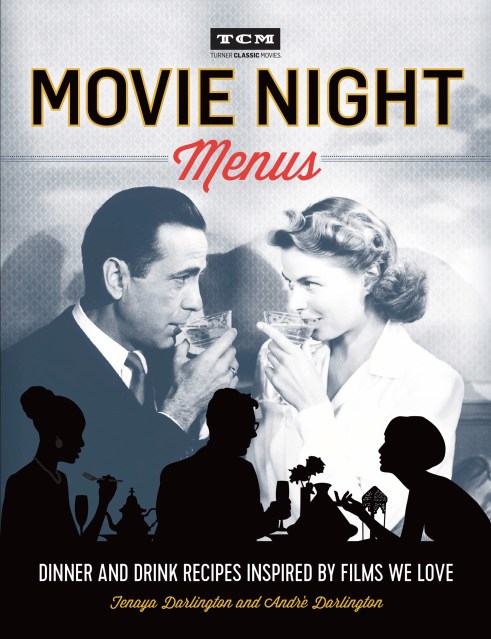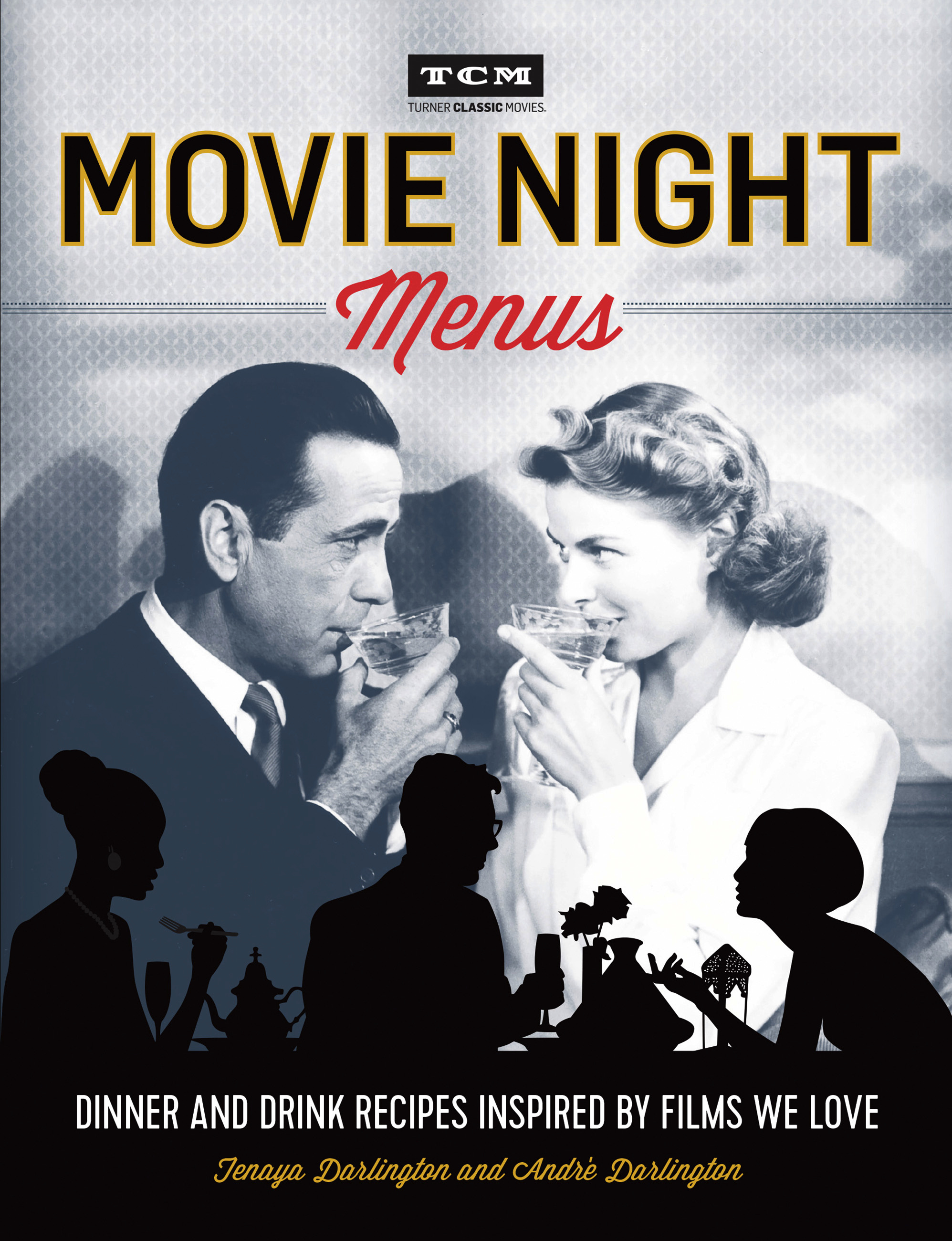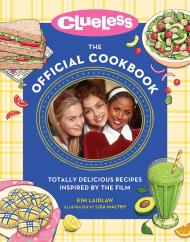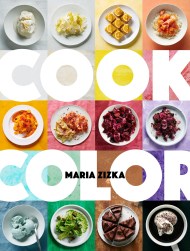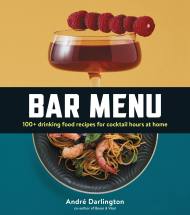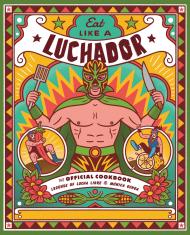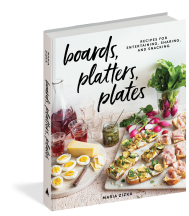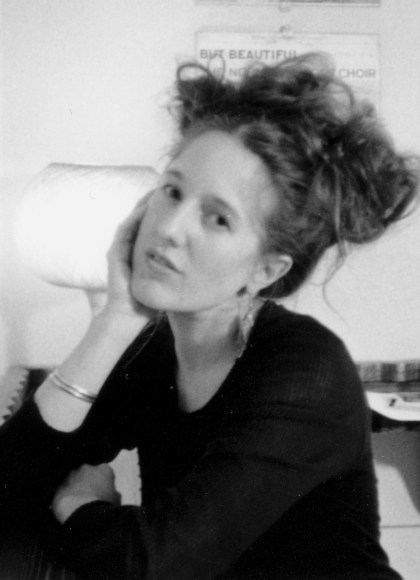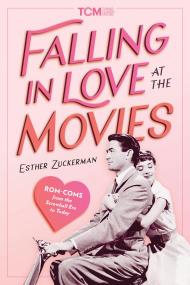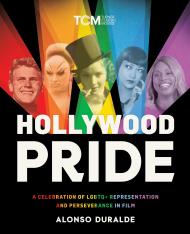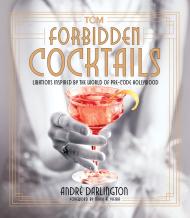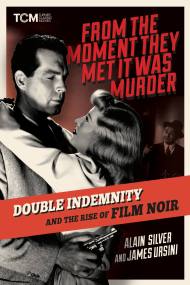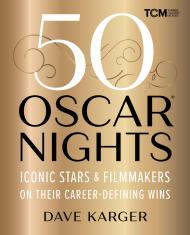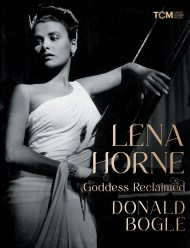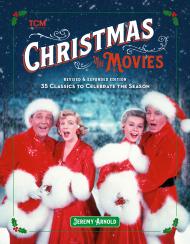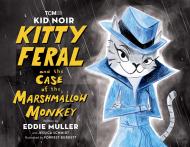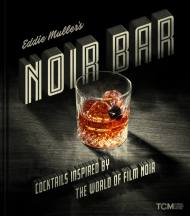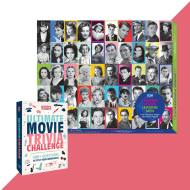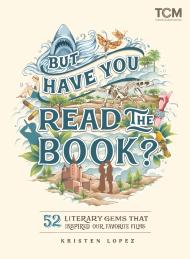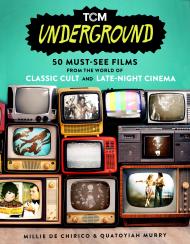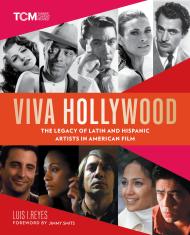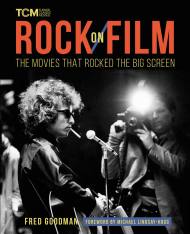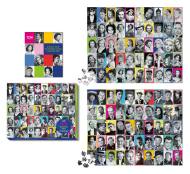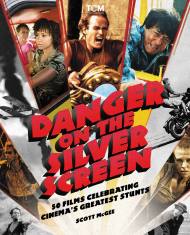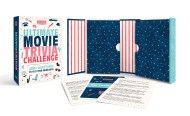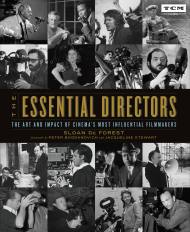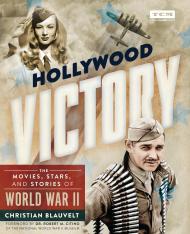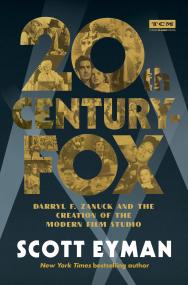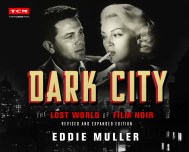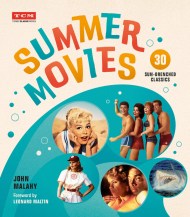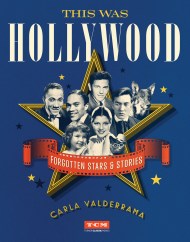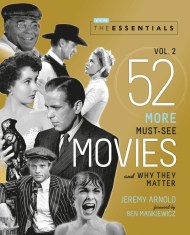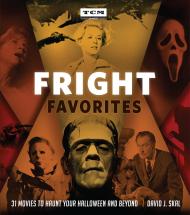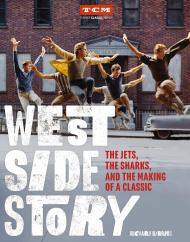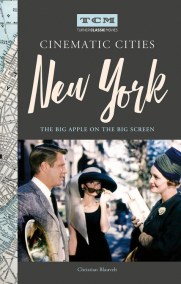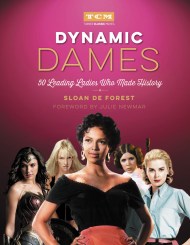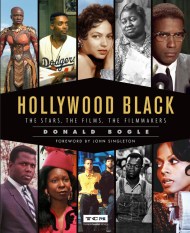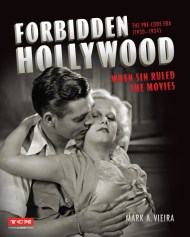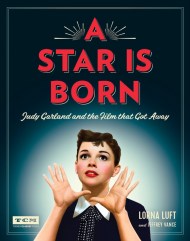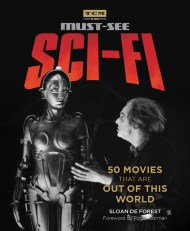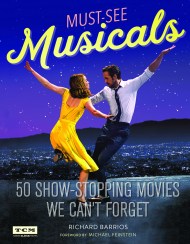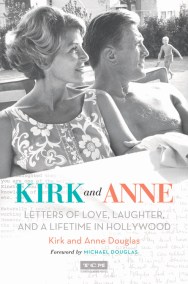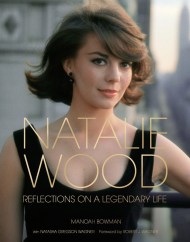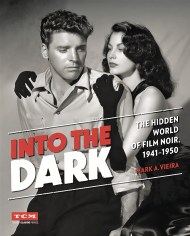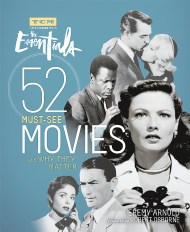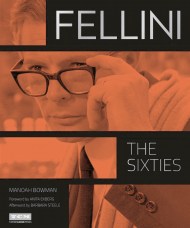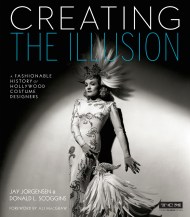Promotion
Use code MOM24 for 20% off site wide + free shipping over $45
Movie Night Menus
Dinner and Drink Recipes Inspired by the Films We Love
Contributors
By Turner Classic Movies
Formats and Prices
Price
$23.99Price
$30.99 CADFormat
Format:
- Trade Paperback $23.99 $30.99 CAD
- ebook $12.99 $16.99 CAD
This item is a preorder. Your payment method will be charged immediately, and the product is expected to ship on or around December 27, 2016. This date is subject to change due to shipping delays beyond our control.
Also available from:
Looking for a great idea for date night or to entertain friends? Why not cue up Casablanca with some French 75s and a Moroccan-themed spread? Turner Classic Movies: Movie Night Menus spotlights thirty crowd-pleasing films from the 1930s through the ’80s, paired with signatures drinks and dishes that appear in, or are inspired by, each film’s setting and stars. Filled with entertaining tips and background on each film, dish, and cocktail, the book offers a unique culinary tour of movie history, including menus inspired by The Thin Man, The Philadelphia Story, Sunset Boulevard, Some Like It Hot, American Graffiti, Moonstruck, and many more.
Fully illustrated with luscious food photography and evocative film stills, Movie Night Menus provides the perfect accompaniments and conversation pieces to round out a fun-filled evening.
Genre:
- On Sale
- Dec 27, 2016
- Page Count
- 248 pages
- Publisher
- Running Press
- ISBN-13
- 9780762460939
Newsletter Signup
By clicking ‘Sign Up,’ I acknowledge that I have read and agree to Hachette Book Group’s Privacy Policy and Terms of Use
